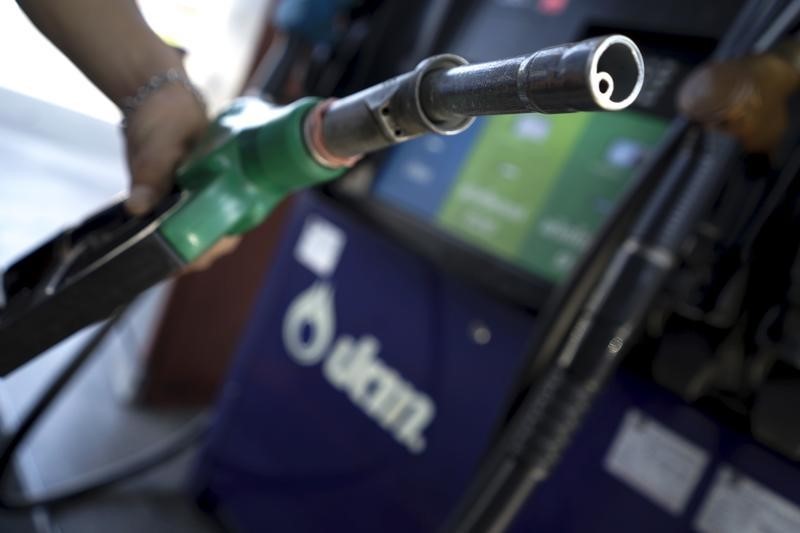By Peter Nurse
Investing.com -- Crude oil prices soared Tuesday, hitting their highest levels in more than two years, as prospects dimmed of additional supply from Iran hitting the market in the near future.
By 9:05 AM ET (1305 GMT), U.S. crude was up 1.2% at $71.76 a barrel, its highest since September 2018, while Brent was up 1% at $73.60, its highest since October 2018.
U.S. Gasoline RBOB Futures were up 0.8% at $2.1885 a gallon.
Crude markets have posted gains of over 40% this year to date as ramped-up vaccinations programs allowed many western countries to cast off their Covid-19 restrictions, resulting in a recovery in the global economy.
The International Energy Agency predicted last week that global oil demand will recover to pre-pandemic levels late next year.
However, the possibility of Iran resuming crude exports in the event of the U.S. lifting sanctions as a result of the 2015 nuclear deal being revived has weighed on the overall market over the last few weeks as negotiations have progressed in Vienna.
Such a deal could potentially add up to the addition of 2 million barrels of crude a day to the global market.
It’s “looking increasingly unlikely that we will see the US re-join the Iranian nuclear deal before the Iranian Presidential Elections later this week,” said ING analysts, in a research note. “If talks drag on, there is the potential for a new government taking a different approach with the negotiations, which could possibly further delay any deal.”
The front-runner in the Iranian election is Ebrahim Raisi, an implacable critic of the West who was sanctioned by the United States in 2019 for human rights violations.
Additionally, Iran said Tuesday that it has made 6.5 kg (14 lb) of uranium enriched to up to 60%, a further step toward nuclear weapons-grade of 90% and a move that is sure to add to the complications surrounding the negotiations.
Investors will also be keeping a wary eye on the two-day Federal Reserve meeting for clues as to when the central bank will start reining in its ultra-easy monetary policies, as well as the U.S. crude oil supply data from the American Petroleum Institute, due later in the day.
